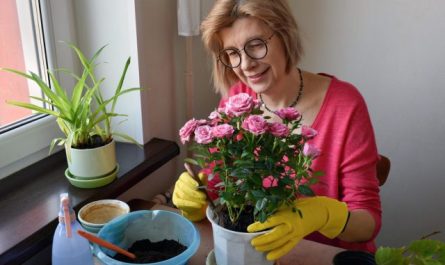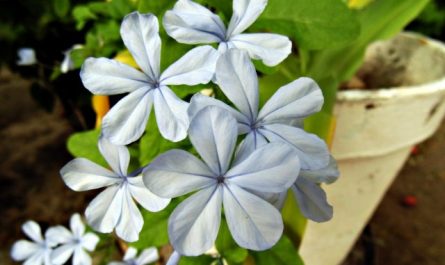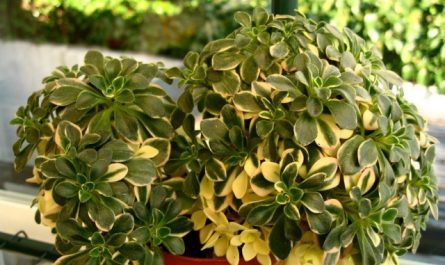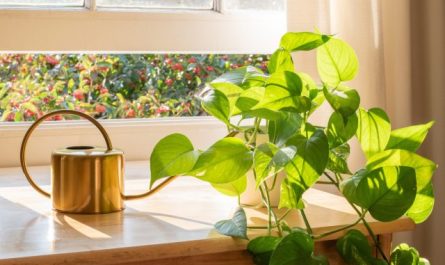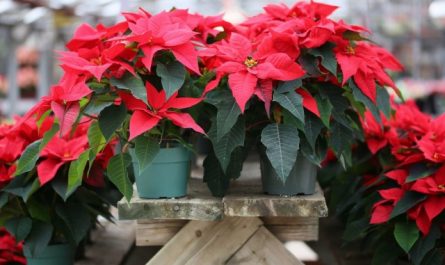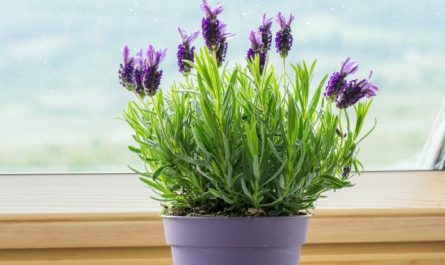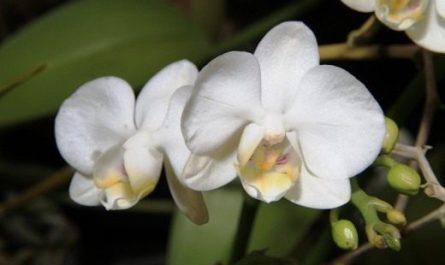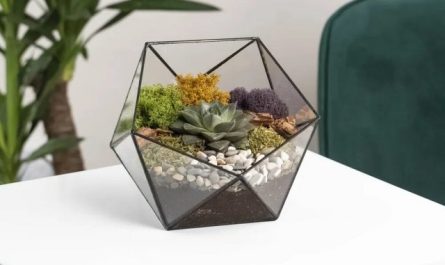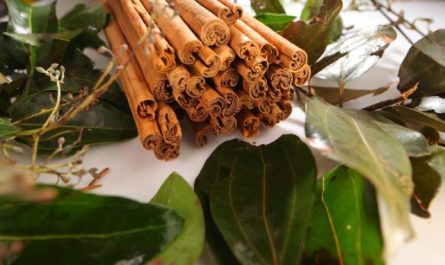Capsicum, or Mexican pepper, first of all, attracts attention with a bright scattering of unusual fruits of red, purple or yellow color. The fruits really have a great resemblance to small peppers, which stay on a small compact capsicum bush for quite a long time. A plant covered with these miniature fruits looks very decorative. Some specimens of the plant can have up to several dozen fruits. It is for their sake that capsicum is grown indoors. When the fruits fall off, the plant is most often thrown away. However, capsicum is a perennial. If you provide capsicum with not too high a temperature during wintering, the plant will delight you with flowering and fruits for many years to come. Capsicum blooms in the summer, with white or purple flowers, the diameter of which is up to 3 cm. After flowering, beautiful elongated fruits are formed on the plant, the shape of which depends on the capsicum variety. Most often, the fruits are red, although you can also see yellow and almost white capsicum peppercorns. Capsicum fruits are not edible, some varieties have a rather hot taste. In European countries, flowering capsicum bushes can be purchased at the end of the year. They are used as Christmas decorations, which explains another name for this plant – “Christmas pepper”.

© Carstor
Temperature: capsicum is a plant that loves warmth. The optimum temperature in summer is 22-25 degrees. In winter – 16-20 degrees. The critical lower temperature limit for capsicum is 12 degrees.
Lighting: capsicum feels good when exposed to direct sunlight. The pot with this plant can be placed on a southern or southwestern window, if at midday it is covered with a translucent curtain.
Watering: the soil in the pot with this plant should be constantly moist, since drying out of the soil causes the flowers to drop and the fruits to wrinkle. Water the capsicum with water that has first settled and warmed up to room temperature.

© Rasbak
Humidity: if you decide to keep capsicum, be prepared to spray it often. For spraying, you also need settled water at room temperature.
soil: a mixture of equal parts of turf soil, leaf soil, garden soil and sand is suitable.
Additional fertilizing: in spring and summer, feed once a week with organic and mineral fertilizers. Fertilizer should also be added to the soil immediately after pruning the stems, which is done before wintering.
Transfer: transplanting overgrown plants. An adult plant is transplanted into a slightly larger pot after trimming the stems.
Reproduction: Capsicum is propagated by rooting cuttings and seeds. Cuttings are rooted at a temperature of 20-25 degrees. Seeds are sown in March-April. Plants that have grown from seeds bloom in the second year.

© Atilin

